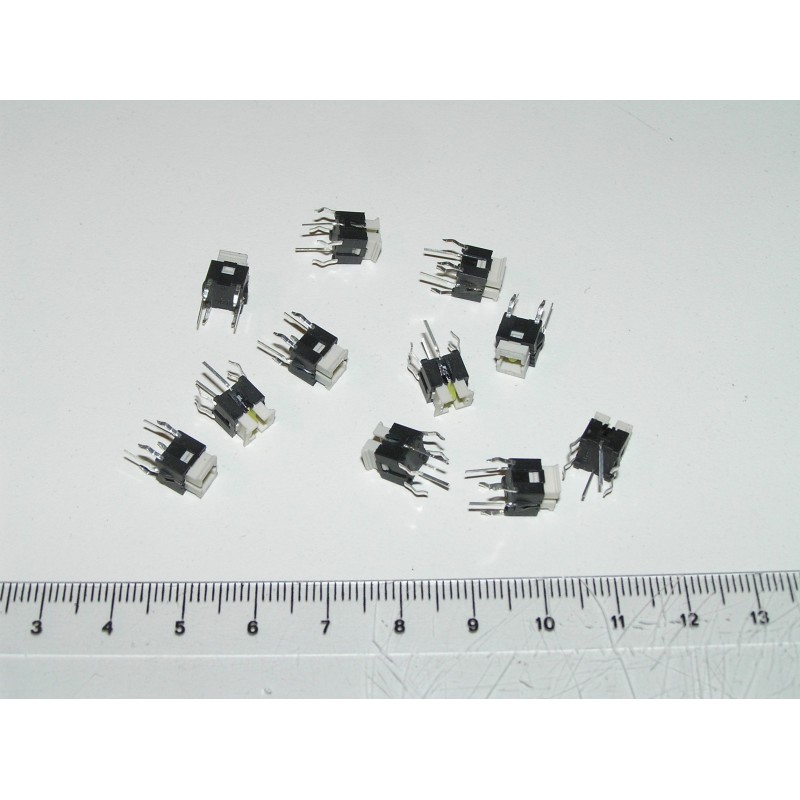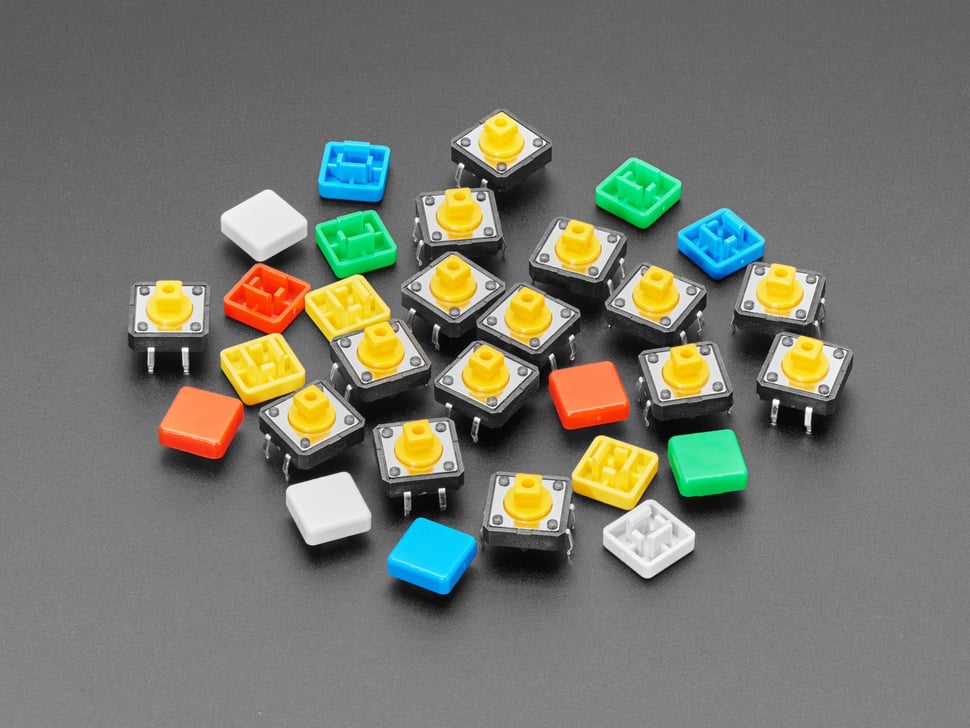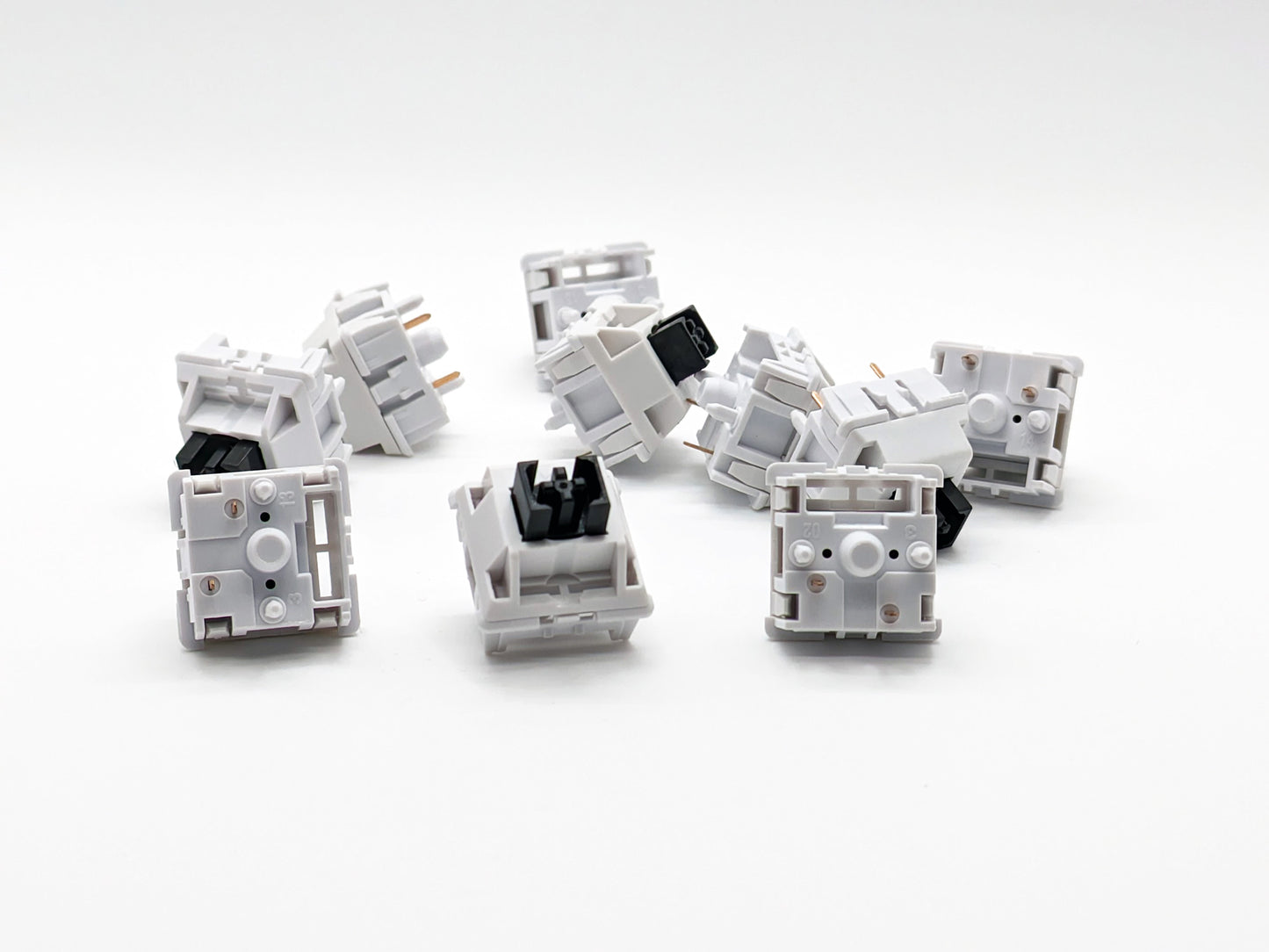Gaming keyboards with tactile switches provide a noticeable bump.
Discover the Versatile Use Tactile Switches in Modern Electronic Devices
Responsive switches, essential to both day-to-day gizmos and complicated machinery, work as an essential user interface in between individuals and devices. Their design ensures a satisfying click, validating an action that could otherwise go undetected in an electronic world lacking physical comments. As industries remain to evolve, the function of these switches expands, adapting to brand-new technologies and boosting user experiences in ways formerly unimagined. The question continues to be: how will future innovations further incorporate tactile feedback right into our digital communications?

Discovering the Role of Tactile Switches in Consumer Electronic Devices

The design and placement of responsive buttons can substantially affect a tool's functional designs and visual charm. Developments in materials and innovation proceed to improve the reliability and function of tactile buttons, ensuring they meet consumer expectations for responsiveness and longevity in everyday usage.

Responsive Switches in Industrial Applications: Enhancing Functional Efficiency
Changing emphasis to industrial setups, tactile switches dramatically increase operational effectiveness by giving precise control and responses in machinery and control panels (tactile switches). These switches are indispensable in applications varying from production line to heavy equipment, where reliability and the clear physical feeling of activation are extremely important. Their distinctive tactile comments ensures drivers are instantly knowledgeable about whether an input has been registered, reducing mistakes and lowering downtime
Furthermore, tactile buttons are Go Here designed to withstand rough atmospheres, including direct exposure to dust, resonances, and differing temperature levels, making them ideal for commercial use. Their durability equates right into lower maintenance expenses and longer solution lives for the tools they are integrated into. Furthermore, the portable dimension of tactile buttons enables even more ergonomic designs of control board, which can boost driver comfort and efficiency throughout long changes. Generally, the fostering of tactile switches in industrial applications represents a small adjustment that brings about considerable enhancements in performance and operational integrity.
The Future of Tactile Switches in Automotive Technology

Looking forward, the evolution of responsive switches in automobile innovation appears positioned for combination with haptic responses systems, giving not just a physical response however also varying intensities and patterns of comments that can communicate even more details. This can mean a decline in standard switch user interfaces for more nuanced, multifunctional control options. Additionally, as cars become more connected and self-governing, tactile buttons are anticipated to play a crucial duty in connecting the gap in between digital interfaces and the physical touchpoints in vehicles, improving the total user experience and safety.
Conclusion
In final thought, responsive buttons are indispensable in modern-day electronics, flawlessly integrating into different domains to enhance user communication and operational efficiency. From customer this content electronics to industrial machinery and auto technologies, their function is crucial in making sure user comfort, safety and security, and system responsiveness - tactile switches. As innovation progresses, the performance and application of tactile buttons are readied to increase, additionally strengthening their importance in connecting the void between users and digital interfaces